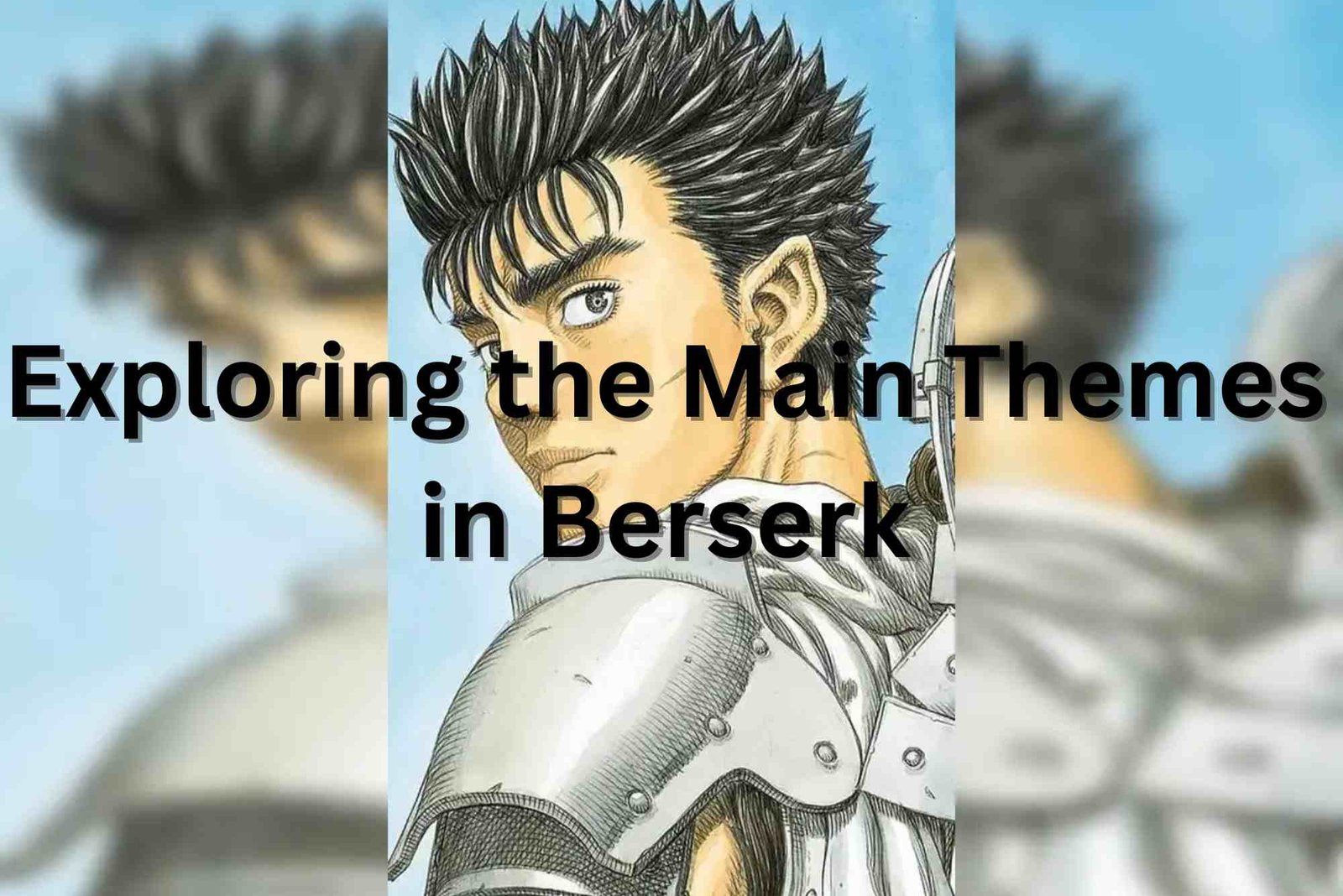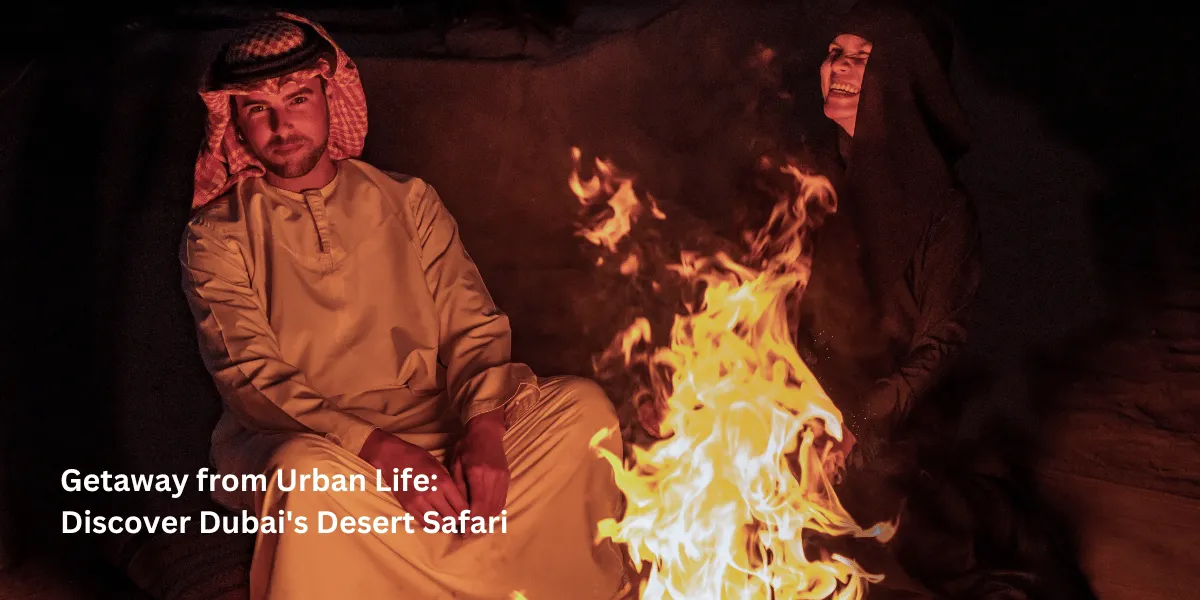Berserk, the iconic dark fantasy manga created by Kentaro Miura, is a monumental work that has captivated readers for decades with its intricate storytelling, complex characters, and profound thematic depth. Since its debut in 1989, Berserk has grown into a cultural phenomenon, blending visceral action with philosophical musings. Kentaro’s masterful narrative weaves a tapestry of human struggle, existential questions, and moral ambiguity, making it a standout in the manga world. This article explores the main themes in Berserk, delving into the emotional and intellectual layers that define this epic tale.
The Struggle for Identity and Purpose
At its core, Berserk is a story about identity and the search for purpose in a chaotic world. The protagonist, Guts, embodies this theme as he navigates a life marked by trauma, betrayal, and relentless hardship. From his brutal childhood to his role as the Black Swordsman, Guts’ journey is one of self-discovery and defiance against a predetermined fate.
Guts’ Quest for Meaning
Guts’ struggle to define himself beyond his role as a warrior is a central thread in Berserk. Born from tragedy and raised in a mercenary band, he grapples with questions of self-worth and belonging. His relationship with Griffith, the charismatic leader of the Band of the Hawk, complicates this journey, as Guts seeks to carve out his own path while under Griffith’s shadow. Kentaro Miura portrays Guts’ internal conflict with raw intensity, highlighting his desire to find a purpose that transcends mere survival.
The Contrast of Dreams and Ambition
Griffith’s ambition to achieve his dream of ruling a kingdom contrasts sharply with Guts’ more personal quest for meaning. This dichotomy underscores the theme of identity, as each character’s pursuit of purpose shapes their actions and relationships. Kentaro’s nuanced writing reveals how ambition can both inspire and corrupt, setting the stage for the tragic events that define Berserk’s narrative.
Fate vs. Free Will
Another prominent theme in Berserk is the tension between fate and free will. The manga’s universe is governed by the Idea of Evil, a malevolent force that manipulates human destinies. Yet, Guts’ relentless defiance of his predetermined path challenges the notion that fate is absolute.
The Idea of Evil and Cosmic Manipulation
The Idea of Evil represents the deterministic forces that shape the world of Berserk. It orchestrates suffering and chaos, raising questions about whether individuals can truly control their destinies. Kentaro Miura uses this concept to explore existential themes, forcing readers to confront uncomfortable truths about agency and powerlessness. The interplay between divine machinations and human resilience is a recurring motif, particularly in Guts’ battles against supernatural forces.
Guts as a Symbol of Defiance
Guts’ refusal to submit to fate is a testament to the power of free will. Despite overwhelming odds—demonic apostles, cosmic entities, and personal trauma—he continues to fight for his autonomy. This theme resonates deeply with readers, as it reflects the universal struggle to assert control over one’s life in the face of adversity. Kentaro’s portrayal of Guts as a flawed yet indomitable hero makes this theme both relatable and inspiring.
The Duality of Human Nature
Berserk delves into the complexities of human nature, exploring the interplay between light and darkness within individuals. Kentaro Miura crafts characters who embody both virtue and vice, challenging readers to question simplistic notions of good and evil.
The Tragedy of Griffith
Griffith’s transformation from a visionary leader to a tragic figure is one of the most compelling aspects of Berserk. His ambition and charisma inspire loyalty, but his descent into darkness reveals the destructive potential of unchecked desire. Kentaro’s nuanced portrayal of Griffith avoids reducing him to a mere villain, instead presenting him as a deeply flawed human whose choices have catastrophic consequences.
The Moral Ambiguity of Survival
Guts’ journey is equally complex, as his survival often comes at the cost of his humanity. His rage and violence, while necessary to combat monstrous foes, threaten to consume him. The Berserker Armor, a cursed artifact that amplifies Guts’ strength, symbolizes this internal struggle, blurring the line between man and monster. Through this, Kentaro explores how survival in a brutal world can erode one’s moral compass, forcing characters to confront their darker impulses.
The Power and Price of Sacrifice
Sacrifice is a recurring theme in Berserk, manifesting in both literal and metaphorical forms. The manga examines how far individuals are willing to go to achieve their goals and the consequences of those choices.
The Eclipse and Its Lasting Impact
The Eclipse, a pivotal event in Berserk, is a harrowing depiction of sacrifice. Griffith’s decision to offer the Band of the Hawk to demonic forces in exchange for power is a turning point that reverberates throughout the story. This act of betrayal underscores the theme of sacrifice, illustrating how personal ambition can lead to the destruction of others. Kentaro’s vivid artwork and emotional storytelling make the Eclipse one of the most unforgettable moments in manga history.
Personal Sacrifices and Redemption
Guts’ journey is also marked by sacrifice, as he endures unimaginable loss to protect those he cares about. His relationship with Casca, a fellow survivor of the Eclipse, highlights the theme of redemption through sacrifice. Despite his pain, Guts strives to protect Casca, seeking to atone for his perceived failures. This dynamic adds emotional depth to the story, showing how sacrifice can be both a burden and a path to healing.
The Cycle of Trauma and Healing
Berserk unflinchingly explores the impact of trauma and the long, arduous process of healing. Guts and Casca, in particular, bear the scars of their pasts, and their struggles resonate with readers who have faced their own hardships.
Trauma’s Lasting Echoes
The trauma inflicted during the Eclipse leaves deep wounds on Guts and Casca, shaping their actions and relationships. Casca’s regression into a childlike state is a heartbreaking portrayal of trauma’s toll, while Guts’ rage-fueled vengeance reflects his attempt to cope with loss. Kentaro Miura handles these themes with sensitivity, avoiding sensationalism and instead focusing on the raw, human cost of suffering.
The Slow Path to Recovery
While Berserk is often bleak, it also offers glimpses of hope through the theme of healing. Guts’ evolving relationships with characters like Puck, Farnese, and Schierke provide moments of camaraderie and support, suggesting that connection can aid in recovery. Kentaro’s inclusion of these lighter moments balances the story’s darkness, emphasizing that healing, though difficult, is possible.
The Role of Companionship and Isolation
Companionship and isolation are contrasting themes that shape Berserk’s narrative. Guts’ journey oscillates between solitary vengeance and the gradual formation of a new “family” of companions.
The Loneliness of the Black Swordsman
In the early arcs, Guts is a lone wanderer, consumed by his quest for revenge. This isolation reflects his distrust of others and his belief that he must face his battles alone. Kentaro uses this period to highlight Guts’ inner turmoil, showing how isolation can both protect and harm.
The Strength of Bonds
As the story progresses, Guts forms bonds with a diverse group of allies, including Puck, Serpico, and Isidro. These relationships challenge his solitary nature and provide emotional grounding. The theme of companionship underscores the idea that even in a brutal world, human connection can offer strength and purpose. Kentaro’s ability to craft meaningful relationships amidst the story’s darkness is a testament to his storytelling prowess.
The Exploration of Power and Corruption
Power and its corrupting influence are central to Berserk, particularly in the context of Griffith’s rise and fall. The manga examines how the pursuit of power can distort one’s values and relationships.
Griffith’s Fall from Grace
Griffith’s transformation into Femto, a member of the God Hand, is a stark illustration of power’s corrupting force. His willingness to sacrifice everything for his dream reveals the dangers of unchecked ambition. Kentaro Miura uses Griffith’s arc to explore how power can erode empathy, turning even the most inspiring figures into agents of destruction.
The Cost of Strength
Guts’ own relationship with power is complex, as his strength is both a gift and a curse. The Berserker Armor amplifies his abilities but threatens to consume his humanity, raising questions about the true cost of power. Through this, Kentaro examines the balance between strength and self-control, a theme that resonates throughout the series.
Conclusion: Berserk’s Enduring Legacy
Berserk, crafted by the visionary Kentaro Miura, is a profound exploration of the human condition. Its themes of identity, fate, human nature, sacrifice, trauma, companionship, and power resonate deeply, offering readers a lens through which to examine their own struggles. The manga’s unflinching portrayal of life’s complexities, paired with Kentaro’s breathtaking art and storytelling, has cemented Berserk as a timeless masterpiece. Whether you’re a longtime fan or a newcomer, the themes in Berserk invite reflection and discussion, ensuring its place in the pantheon of great literature.





